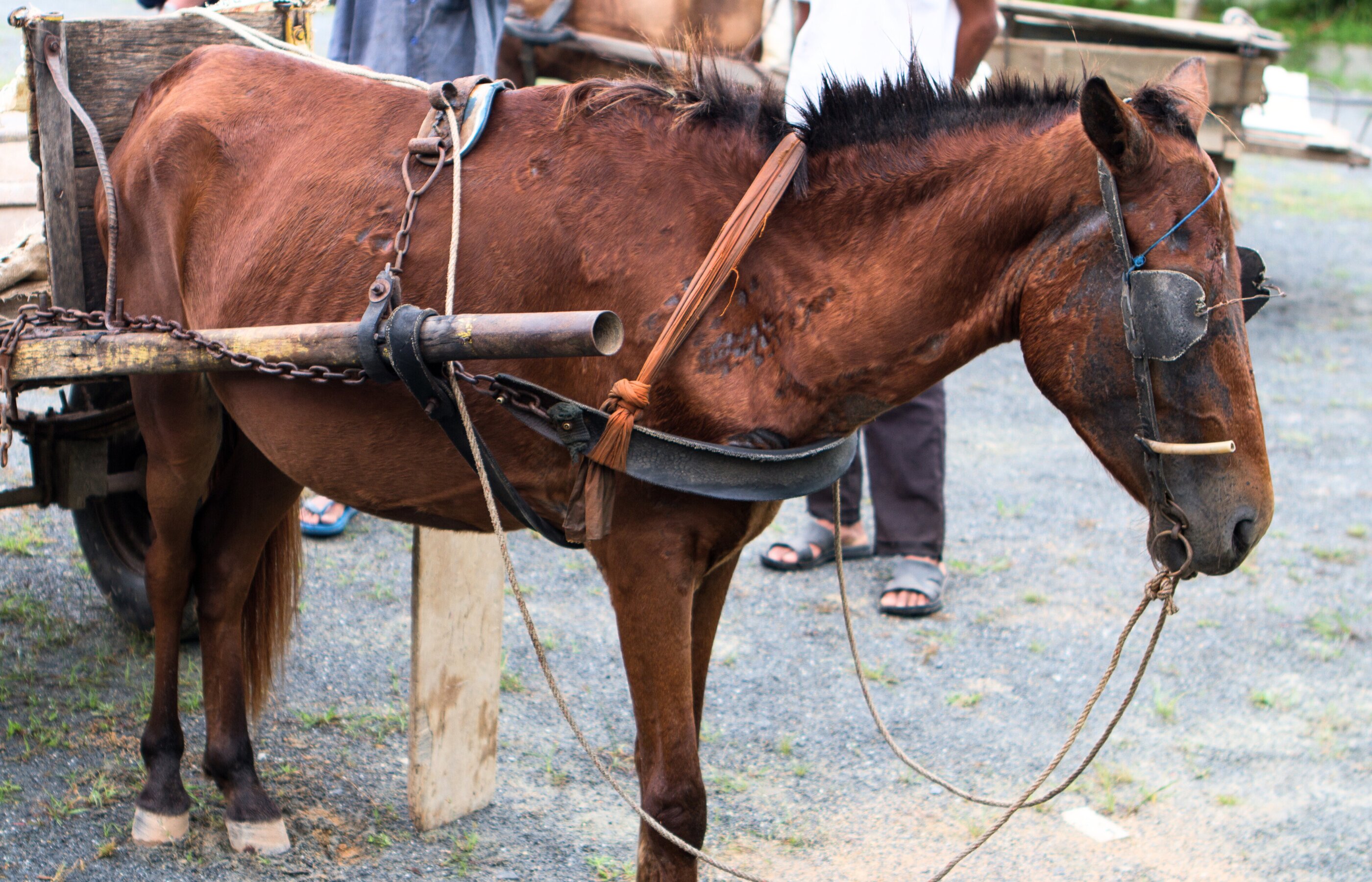An effective equine identification (horse passport) system, which requires all equines to be microchipped and their details held on a central database, is not only key to encouraging responsible ownership but will help give a much clearer picture of the equine population. This is vital in the event of a disease outbreak.
Current situation
The enactment of the most recent equine identification legislation across the UK in 2018-2019 introduced the requirement for an up-to-date and accessible central equine database. The intent of this database was to hold up-to-date information on all equines located within the UK, such as the name and address of their owner. In England, Wales and Scotland a requirement for all equines, irrespective of age, to be microchipped was also introduced. This is not currently the case in Northern Ireland. However, under the current agreement with the European Union, Northern Ireland has to take the EU’s Animal Health Law, which requires all equines to be microchipped unless there is good reason not to do so.
The current system has proven not to be effective, with over 50% of the data on the UK’s central equine database incomplete or not up to date. We believe it is unnecessarily complex and costly for horse owners and keepers and, as currently written, unenforceable.
Moving towards a system where all equines are identified and traceable
Working as part of the British Horse Council, we have identified a number of solutions to help ensure the system is effective. These include:
- Revising the current regulations to ensure they support a low-cost, frictionless and digitised end-to-end user experience, simplifying the process and encouraging greater compliance. In other words, we believe the equine passport should be digital, rather than paper, and owners and keepers should be able to update their horse’s details online or on a smartphone app.
- Supporting the equine sector in ensuring owners and keepers are aware of and comply with the Equine ID requirements, using enforcement measures where effective and appropriate.
- Local Authorities should be given the power to complete the microchipping and passporting of an equine at the expense of an owner or keeper. As a last resort, consideration should be given to allowing Local Authorities to seize any unidentified equines.
- Introducing a centralised database of all premises where equines are kept, including recording the type of activity taking place on the premises (for example, breeder, dealer etc.). This is already a requirement under the EU Animal Health Law, which Northern Ireland has to align with.
- Requiring notification of key movements on/off premises, ideally digitised. This is already a requirement under the EU Animal Health Law, which Northern Ireland has to align with.
- Ensuring all systems and databases relating to equine traceability are integrated, including with the rest of the UK and key trading partners.
- Serious consideration must be given to separating equine identification requirements from equine zootechnical (breed) requirements. The former should be serviced centrally by government and the latter serviced by studbooks.
Why is this important?
If implemented, the solutions proposed above would enable equines to be identified and their movements linked to registration of premises. This has numerous benefits, including effective disease control, meaningful checks on food chain status and the ability to identify lost, straying and stolen horses and reunite them with their keepers. It will help to identify those people responsible for the welfare of neglected or dumped equines and make it possible to hold them to account. It would also allow for animal health requirements around export/import to be truly enforceable, ensuring equines are compliant with the isolation and residency requirements.
Read more
- Advice on New Equine ID regulations


